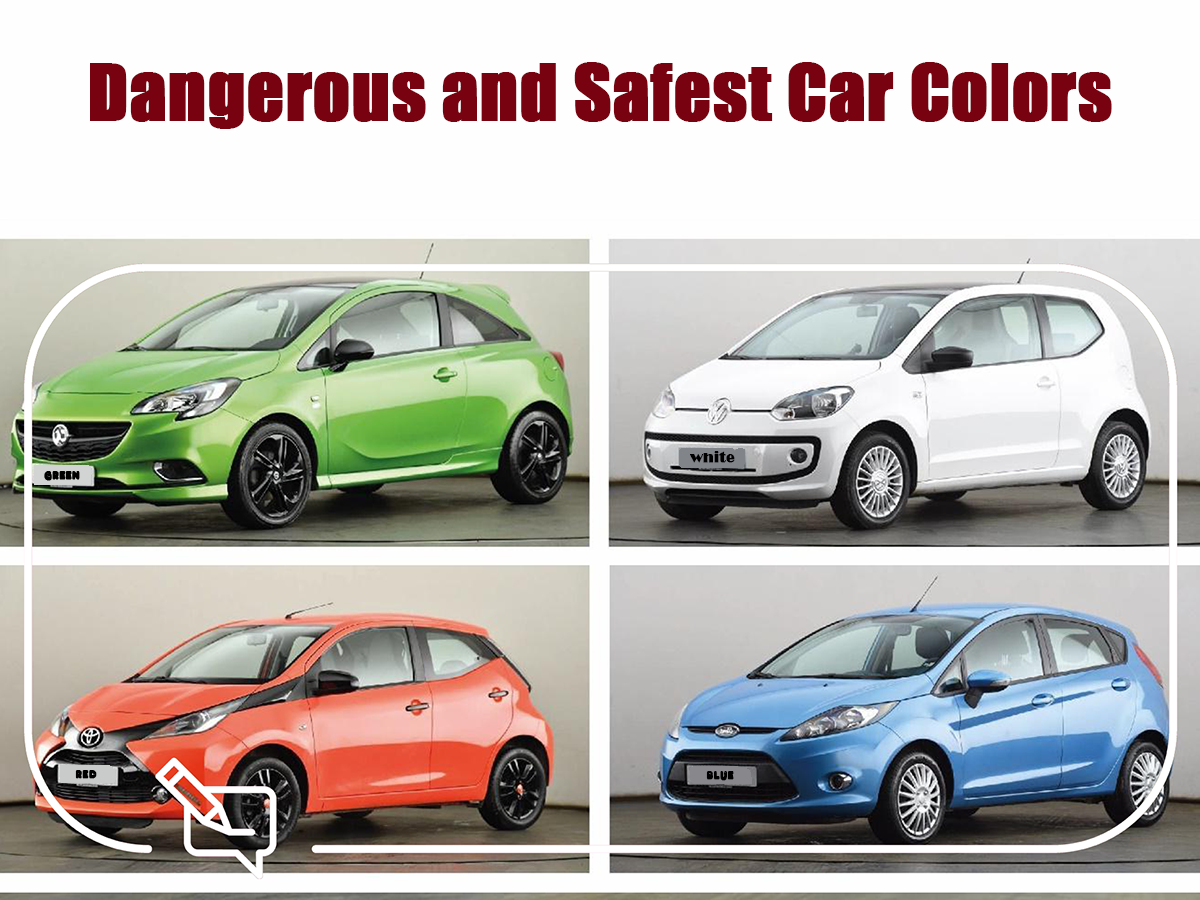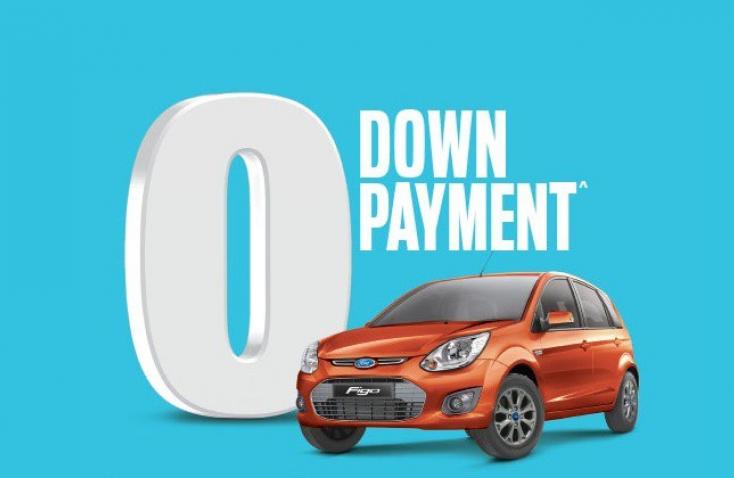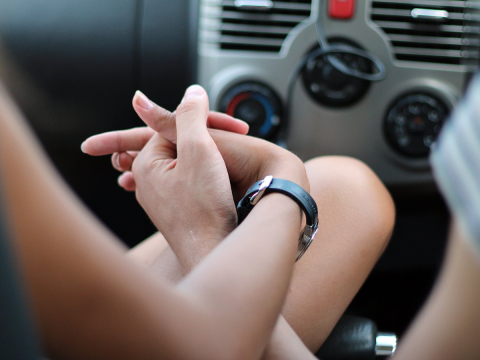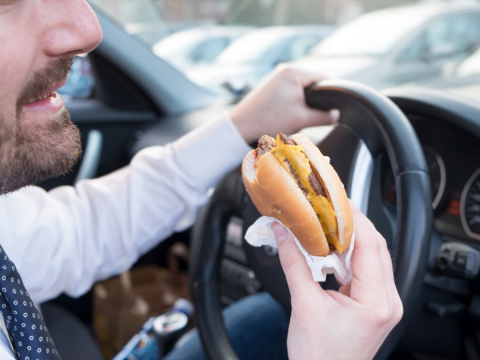to get insurance quotes in your area
Dangerous and Safest Car Colors

It may seem strange to think that color of your vehicle could have an effect on the safety of the driver. Is there any efficacy to the claim that certain colors are more likely to get into an accident than others, or is it simply correlation without cause. The primary reason some feel certain colors are more dangerous than others has to do with visibility. Some colors are just easier to spot. It is possible there is some validity to this claim. There are several reasons for one color being more prone to accidents than another. Red for example is a commonly seen color on the road and looks very striking in the showroom but ranks among one of the more dangerous colors to drive. On the other side of the spectrum there are colors that are very visible and are statistically the safest on the road. This article will explore both the most dangerous and the safest colors on the road to help you make an informed and safer decision. The numbers below were provided in part by the Mondash University Accident Research Center (MUARC).
Safest Car Colors
The safest car color on the market is white. According to MUARC white is 12% less likely to get into a car accident than any other color vehicle on the market. The color white has the highest contrast against the environment around the vehicle making for easier identification by other motorists. Second to white was yellow at 11% less likely to get into an accident. Yellow is also a high contrast color against a variety of environmental factors including time of day and weather. Orange was next due to its highly visible color as well as the relative rarity of seeing orange vehicles on the road. Psychologically yellow and orange are used in construction bringing a touch more vigilance to the driver’s mind. Other colors were considered safer such as gold, beige, and cream colors were considered safer according to the research.
Dangerous Car Colors
The most dangerous color on the market according to the study is black. Darker colors have a tendency to bleed into the background. MUARC places it 12% more likely to be involved in an accident with another study reported in Money Super Market setting it at 47% more likely to be involved in an accident. Other high-risk colors are red as stated above. The implication is that red is a pervasive color in the driving environment. The implication is that drivers see red colors constantly and have less reaction as a result. Green seemed to blend into the scenery and may result in not seeing it on the road. Blue, gray, and silver are also listed as dangerous to drive.
All of this may feel somewhat arbitrary and there is validity to that sensation. Color doesn't likely correlate to accidents and most research only used raw data and didn't observe other factors in the accident such as user or vehicular error. The reality is that these claims don't likely bear up under scrutiny. Driver behaviors are a much greater factor in collisions. Road conditions, time of day or night, and a several other factors are always involved in accidents but color isn't necessarily a factor since nearly every car on the road is one of the above colors with a few rarities and variant colors. That is not to suggest it isn't important to research a wide array of factors when purchasing a new vehicle. Vehicle safety is a topic of significant testing in the industry but the focus is rarely focused on the color of the vehicle.







Add new comment